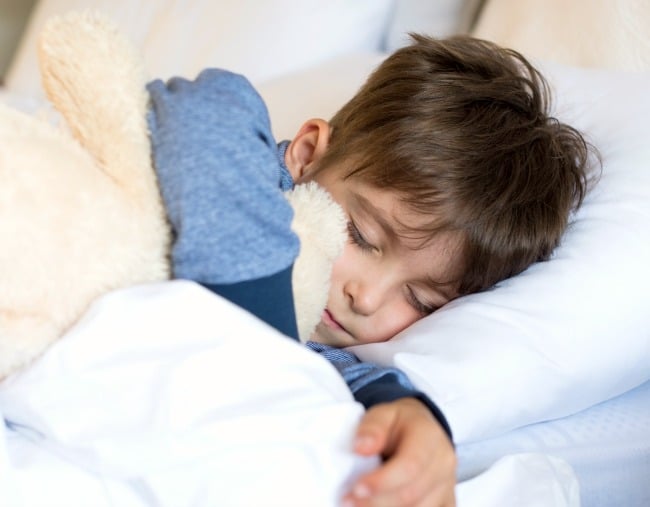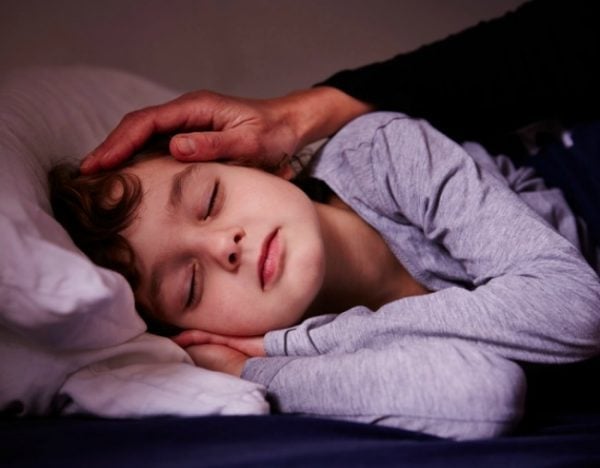
Two of the most common causes of night waking in children are night terrors and nightmares. Parents often get them confused but they are different, as is how they should be managed.
Before we can understand night terrors and nightmares, we need to understand normal sleep. All children and adults cycle through stages of deep sleep, also known as non-rapid eye movement (non-REM), and light sleep, also known as REM.
We fall immediately into deep sleep where we typically stay for the first few hours of the night. Thereafter, we cycle through deep and light sleep. These sleep cycles last 30-60 minutes in children and around 90 minutes in adults. When we come into light sleep, we can wake up briefly, look around the room, adjust the bedclothes, and if everything is OK, go back to sleep again.
Night terrors and nightmares happen in different parts of the sleep cycle and in different parts of the night. Night terrors usually happen before midnight and occur when the child is “stuck” between a deep and light sleep stage. Their body is therefore “awake” but their mind isn’t. In contrast, nightmares tend to occur after midnight and happen during the light sleep stage, when we do most of our dreaming.
During a night terror, the child has a sudden onset of screaming, can have their eyes open or shut, can breathe rapidly and have a fast heartbeat. They look terrified and can get up and run around. However, because they are not truly awake, children have no memory of the event in the morning. If their parent tries to comfort them with a hug, the child will typically push the parent away.
During nightmares, however, children will usually wake up completely from their bad dream and be scared. They welcome a hug and can remember what happened in the morning.
Questions you have when you don’t have kids: Sleep.





























































































